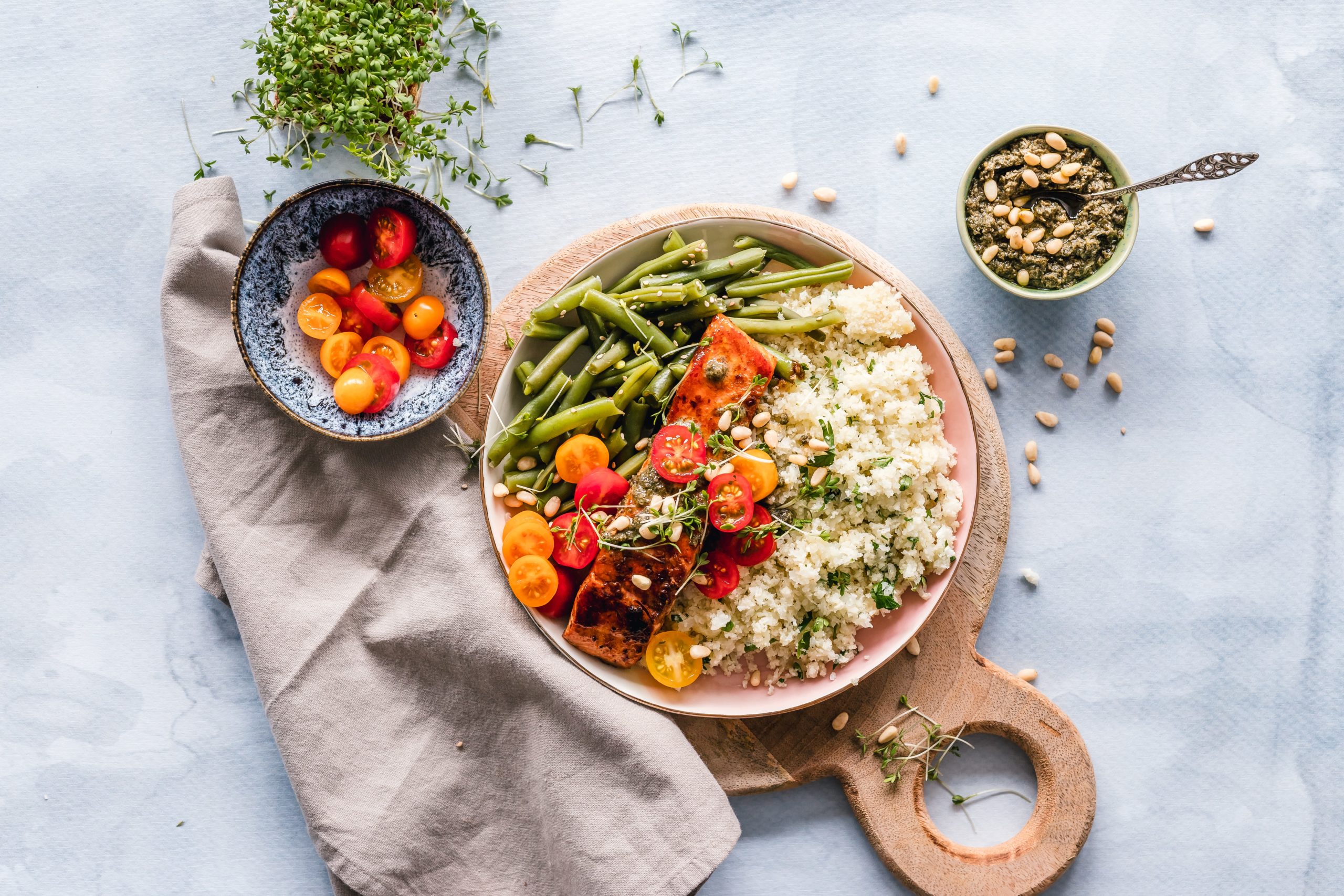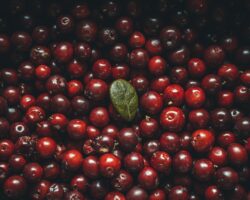How often can they be consumed and how to cook them correctly
Our health directly depends on what and in what quantities we eat, how we combine different foods in the diet. It’s no secret that only a daily healthy diet, and not strict periodic diets with a temporary restriction of certain foods that fall into the category of “harmful”, is really useful. An unbalanced diet violates the amount of components important for the body: vitamins and trace elements. Femme4 learned from an expert about what threatens low hemoglobin levels in the blood and how to raise it with nutrition.
“Hemoglobin is the main component of red blood cells in erythrocytes, which gives blood its characteristic red color. It contains the protein globin and iron in the form of a special heme form. The importance of hemoglobin is difficult to overestimate – during inhalation, it attaches oxygen to itself in order to deliver it to every cell of the body. In tissues, during gas exchange, hemoglobin takes carbon dioxide and carries it to the lungs to be removed during exhalation. Such gas exchange occurs in our body continuously.
The most common reason for a decrease in hemoglobin levels is a lack of iron, which is required for its synthesis. In the case of an extreme degree of deficiency of this trace element, iron deficiency anemia may even develop. There are several causes of iron deficiency:
- Lack of iron intake with food;
- Violation of the absorption and absorption of iron due to diseases of the gastrointestinal tract, as well as a deficiency of certain vitamins;
- Excessive losses in case of bleeding;
- Increased need for iron, for example during pregnancy, during active growth, as well as building muscle mass in athletes.
It would seem that you can just eat more foods rich in iron, and everything will work out. And then the questions arise – what products, how much and in what form?
The best source of iron is animal products, which contain it in the correct and highly absorbable heme form. A storehouse of iron is red meat, especially veal. Next on the list are beef, lamb, rabbit, beef tongue and eggs. Chicken and turkey carry average amounts of iron per 100 grams of product.
It must be taken into account that plant-based products contain non-heme iron, which is less easily absorbed. In addition, there is less iron in plant foods. The current myth about the high iron content in apples has no significant basis: a serving of beef meat contains about 7 mg of iron per 100 g of product, while an apple contains only 0.1 mg per 100 g! At the same time, fresh fruits and vegetables, herbs and freshly squeezed fruit and vegetable juices contain many vitamins and microelements, so they are a good addition to meat. Especially those in which there is a lot of vitamin C, because it doubles the absorption of iron. There is a leader in iron content among cereals – it is buckwheat.
The optimal rate of food sources of iron will depend on the individual needs of the body. For example, children under 3 years old need 7 mg of iron per day, from 4 to 8 years old – already 10 mg, from 9 to 13 years old – 8 mg. In adolescence, the daily norm for boys and girls begins to differ. The female body needs more iron, which is due to the onset of menstruation. In this regard, 11 mg of iron per day will be enough for boys aged 14–18 years, and 13 mg for girls.
The daily norm of iron for an adult male is about 15 mg, while women need at least 18 mg, and even 25 mg with high iron losses. During pregnancy, the need for this trace element is maximum and reaches 25–27 mg per day. In old age, the body’s demand for iron decreases, and gender differences are erased, therefore, about 8 mg of iron per day will be enough for older men and women, but at this age, a decrease in the ability to absorb iron comes first due to iron deficiency.
If we talk about the frequency of eating iron-containing foods, it is desirable that at least every other day a source of iron of animal origin is present in the menu of a healthy person, optimally in combination with a vegetable side dish. The most preferred cooking methods are roasting, grilling and sous-vide or vacuum cooking: a new way of processing meat to preserve its beneficial properties.
In conclusion, I would like to note that in some cases it is impossible to achieve an increase in hemoglobin levels only due to enhanced nutrition. The timing and guarantees of the restoration of iron levels are of great importance, and an individual approach is always required here. There are times when we just don’t have the time to
It’s common to wait until the body is filled with iron thanks to an enhanced diet, because life with low hemoglobin is half life! In such cases, it is better to use a wide range of modern drugs and bioactive supplements, including the most effective and well-tolerated forms of iron, which, with an individual approach, help to quickly cope with the problem.”






